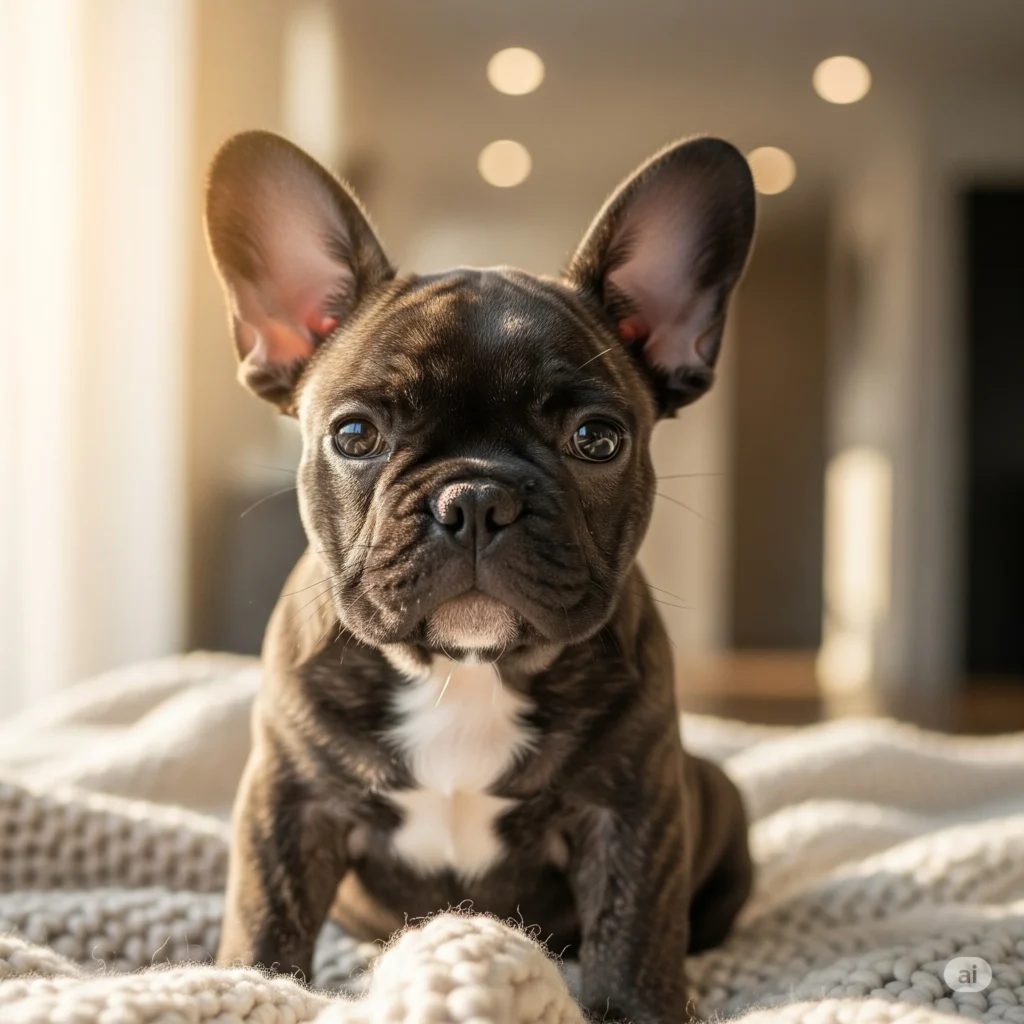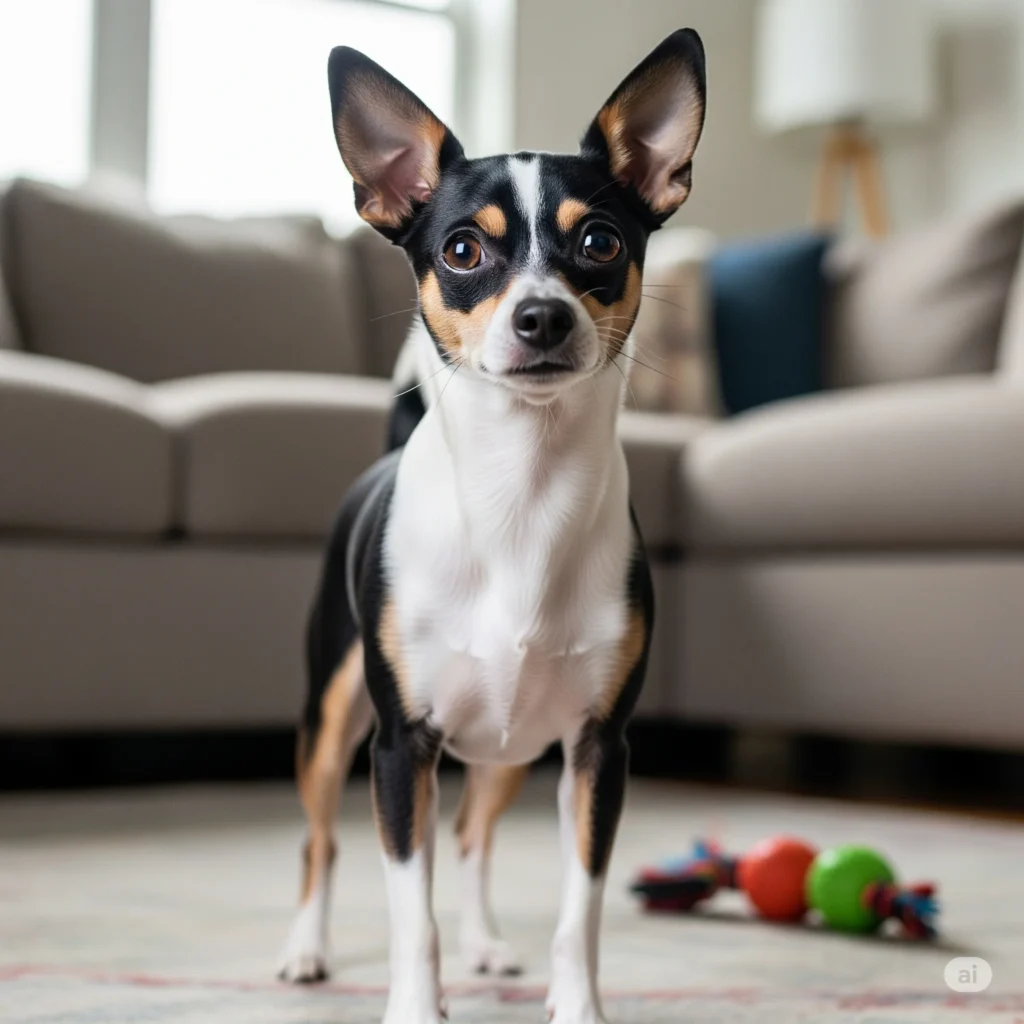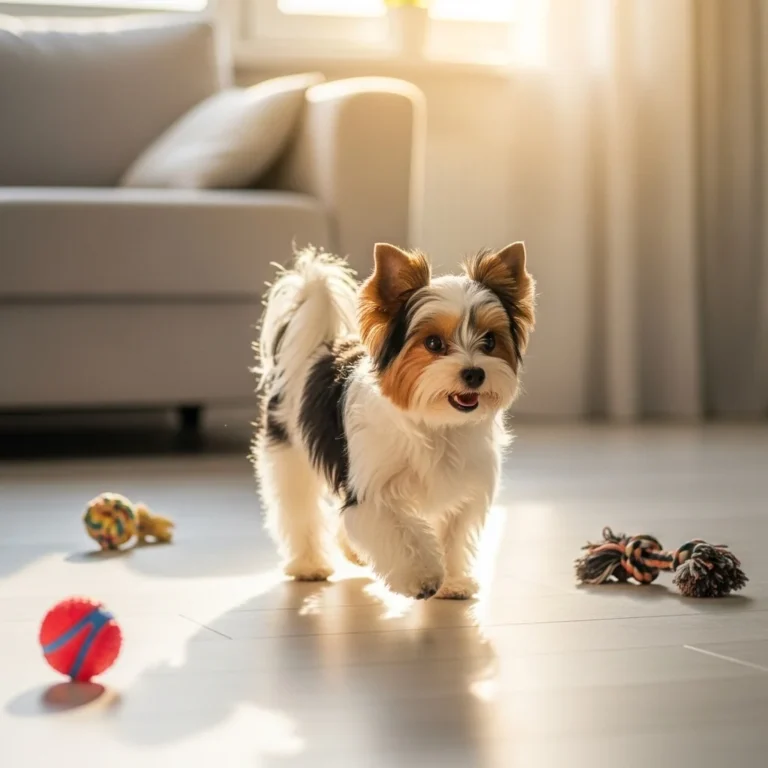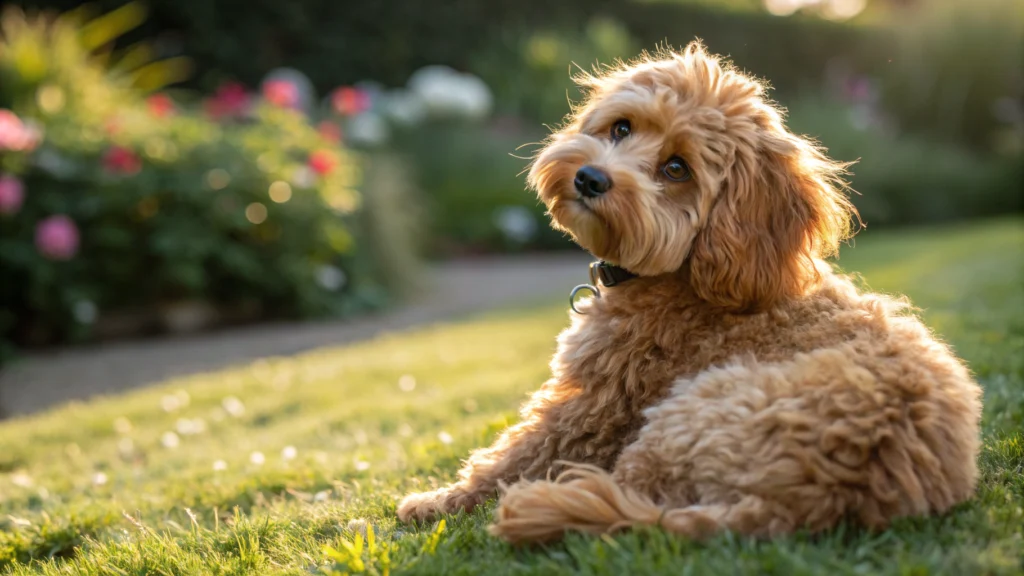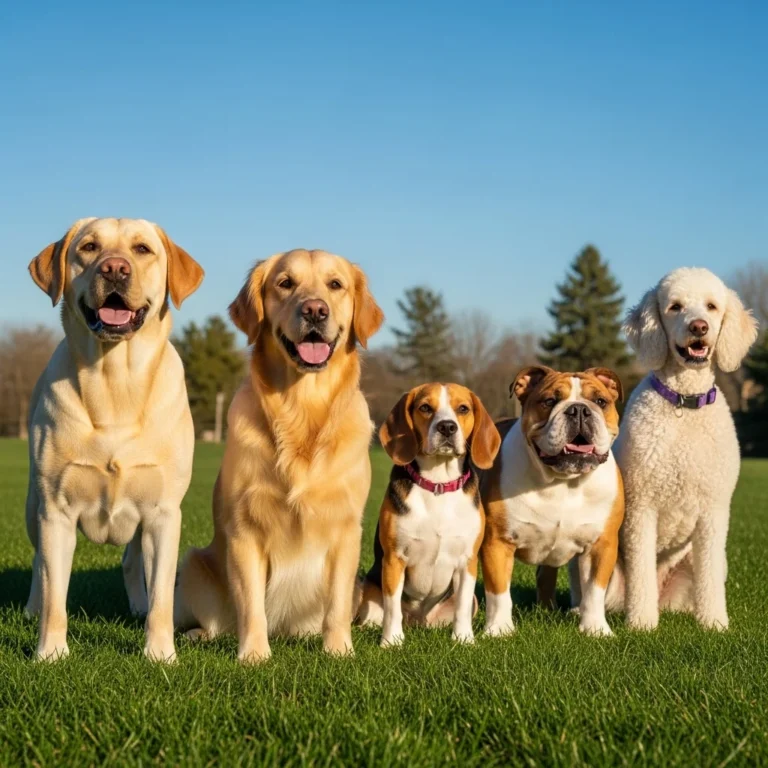
excellent family dogs
Hey there, dog lovers! Have you ever thought about bringing a four-legged buddy into your family? Picture this: I’m out on a sunny afternoon walk with my own pup, Max, a bouncy Golden Retriever who’s basically my shadow.
Kids are giggling, chasing him around the park, and I’m reminded why dogs are such a gift to families—they bring joy, cuddles, and endless adventures! But with so many breeds out there, how do you find the one that fits your family’s vibe? Whether you’re a high-energy crew who loves hiking or a cozy bunch who prefers movie nights, I’ve got you covered with this chatty guide to picking the perfect family dog. Let’s dig into the qualities that make a pup a fantastic family companion and explore breeds that’ll have everyone wagging their tails!
Understanding What Makes an Excellent Family Dog
When I first started my dog-loving journey, I thought picking a pup was all about those adorable puppy eyes. Spoiler alert: there’s a bit more to it! The best family dogs have traits that make them pawsitively perfect for life with kids, chaos, and all.
What Qualities Make a Dog an Excellent Choice for Families with Children?
Okay, let’s talk about what makes a dog a superstar for families. Here’s the scoop on must-have qualities, based on my years of hanging out with pups of all kinds:
- Gentle and Patient: You want a dog who can handle a toddler’s surprise hugs or a kiddo’s loud squeals. Breeds like Golden Retrievers and Beagles are total champs at staying chill. (Related: Meet Beagle Puppies: Your Go-To Guide, Black Golden Retriever Facts & Tips)
- Affectionate and Loyal: A pup who loves snuggling and sticks by your side is a win. These dogs become your kids’ besties for life.
- Trainable: Dogs that are eager to learn make life easier. Trust me, a dog who listens when you say “drop the sock” is a game-changer!
- Energetic and Playful: If your kids are always on the move, you need a dog who can keep up for fetch sessions or backyard zoomies.
How Do I Choose the Right Family Dog for My Household’s Lifestyle and Home Environment?
Your family’s lifestyle is key to picking the right pup. Here’s how to match your vibe to a dog’s needs:
- Living Space: Got a big backyard? Breeds like Bernese Mountain Dogs love to sprawl out. In a cozy apartment? Try a Bulldog or Cavalier King Charles Spaniel—they’re happy with less space.(related: All About the mini bernese mountain dog: Care, and Fun Facts, Bernese Mountain Dog Puppy Care: Tips for New Owners+pictures, French Bulldog Puppies: The Scoop Care & More, Your Fun Guide to English Bulldog Puppies)
- Activity Level: If your family’s always hiking or running around, Labrador Retrievers or Border Collies will join the fun. Prefer Netflix and chill? Bulldogs or Shih Tzus are your low-key pals.
- Allergies: Sneezes in the house? Hypoallergenic breeds like Poodles or Schnauzers can save the day.
Should I Get a Puppy, an Adult Dog, or Adopt from a Shelter for My Family?
Oh, the big question! Each option has its own magic:
- Puppies: They’re adorable and moldable but need tons of time for training. Think of it like raising a furry toddler!
- Adult Dogs: These guys often come pre-trained and are a bit more chill. Perfect if you want to skip the puppy chaos.
- Shelter Dogs: Adopting is like giving a pup a second chance at love. Many are amazing with families—you just need to find the right match.
How Important Is Temperament When Selecting a Family Dog?
Temperament is everything! A calm, friendly pup who doesn’t mind a kid tugging their tail (gently, of course!) is a must. Max, my Golden, is proof—a kid once spilled juice on him, and he just wagged harder. Meeting a dog before bringing them home is a great way to see if their vibe matches yours.
How Can I Evaluate a Dog’s Temperament Before Bringing It Home?
Spend some quality time with the pup! Play with them, take them for a walk, and see how they react to kids or new places. Chatting with a vet or trainer can also give you the inside scoop on a dog’s personality. Trust your gut—if the pup feels like family, they probably are!
Top Family Dog Breeds and Their Characteristics
Alright, let’s talk about some breeds that are basically the rock stars of family life. These pups have stolen hearts (including mine!) for good reason.
Labrador Retriever
Labs are like the golden retrievers of friendliness (pun intended!). They’re outgoing, love kids, and get along with other pets. Perfect for families who want a buddy for every adventure.
Golden Retriever
Speaking of Max, Golden Retrievers are my go-to for families. They’re gentle, smart, and so patient—ideal for homes with rambunctious kiddos.
Beagle
These little guys are small but mighty! Beagles are curious, playful, and love hanging with the fam. Their size makes them great for smaller spaces, too.
Bulldog
Bulldogs are the ultimate chill companions. They’re affectionate, low-energy, and happy to lounge with you during family movie nights.
Cavalier King Charles Spaniel
These pint-sized pups are big on love. Gentle and great with kids, they’re perfect for families who want a small dog with a huge heart.
Poodle
Poodles come in all sizes—toy, miniature, standard—and they’re smart, hypoallergenic, and super trainable. A win for any family!
Boxer
Boxers are like the fun-loving uncles of the dog world. They’re energetic, protective, and form tight bonds with their families. Great for active households!
Bearded Collie
These fluffy friends are playful and full of energy. They’re awesome for families who love outdoor fun and don’t mind a bit of grooming.
Size, Temperament, and Lifestyle Compatibility
Finding a dog that fits your family’s size and energy level is like finding the perfect pair of jeans—gotta match your style!
Which Small Dog Breeds Are Gentle and Suitable for Families with Toddlers or Limited Space?
Small but mighty breeds like Cavalier King Charles Spaniels, Bulldogs, and Shih Tzus are gentle and great for apartments or homes with toddlers. They’re cuddly without needing a big playground.
Are Large Dog Breeds Like Newfoundlands or Bernese Mountain Dogs Good for Families?
Oh, absolutely! These gentle giants are super sweet with kids, but they need space to stretch their legs and regular exercise. If you’ve got room, they’re like big, furry teddy bears.
Which Breeds Best Suit Active Families Versus Calm or Low-Energy Households?
Got a family that’s always on the go? Border Collies or Labrador Retrievers will keep up with your hikes and games. For laid-back vibes, Bulldogs or Shih Tzus are happy to chill.
Is There Any Difference in Suitability Between Male and Female Dogs for Family Life?
Honestly, it’s more about the individual dog than their gender. Some say females can be a tad independent, while males might be extra cuddly, but temperament trumps all. Meet the pup and see who steals your heart!
Safety and Integration with Children
Bringing a dog into a home with kids is like adding sprinkles to ice cream—wonderful, but you need to do it right.
How Can I Safely Introduce a New Dog to Young Children?
Start slow! Supervise all meet-and-greets, teach kids to approach gently, and give your pup a cozy spot to retreat if they need a break. Max loves his crate for quiet time after kiddo play sessions.
What Age Is Appropriate for Children to Be Left Alone with a Family Dog?
I’d say kids under 12 should always have an adult nearby when hanging with the dog. Safety first for both your kiddo and your pup!
How Can I Teach My Kids to Interact Safely and Respectfully with the Dog?
Kids are like sponges—teach them early! Show them how to pet gently, avoid bothering the dog during meals or naps, and read doggy body language (like a tucked tail means “I’m nervous”).
What Are the Most Common Behavioral Challenges with Family Dogs and How Can I Prevent Them?
Jumping, nipping, or guarding toys can pop up. Prevent these with consistent training, early socialization, and clear boundaries. Redirecting to a chew toy works wonders with Max!
Training, Socialization, and Behavior
Training and socializing your pup is like teaching them the family rules—essential for a happy home.
How Important Is Early Socialization for a Family Dog’s Success?
Huge! Early socialization gets your dog comfy with people, pets, and new places. It’s like giving them a confidence boost for life.
What Basic Training Should Every Family Dog Receive?
Teach commands like “sit,” “stay,” “come,” and “leave it.” Positive reinforcement—like treats and praise—makes training fun for everyone.
What Strategies Help Prevent Jumping, Nipping, or Rough Play Around Children?
Redirect their energy! Offer a toy, teach “off,” and reward calm behavior. Max learned to sit for attention instead of jumping, and it’s been a game-changer.
How Can I Help My Dog Adjust to Living with Multiple People or Pets?
Slow intros, consistent routines, and lots of love help. Give your pup time to get used to everyone, and soon they’ll be part of the gang.
Exercise, Energy, and Daily Needs
Keeping your dog happy means meeting their energy needs—kind of like making sure your kids get their playtime!
How Much Exercise Do Typical Family-Friendly Breeds Require?
High-energy breeds like Labrador Retrievers or Border Collies need at least an hour of exercise daily—think walks, fetch, or romps in the park. Chill breeds like Bulldogs or Shih Tzus are cool with less.
What Types of Activities Are Best for Keeping Family Dogs Happy and Healthy?
Mix it up with daily walks, playtime, and brain games like puzzle toys. Max goes nuts for a treat-dispensing ball—it keeps him entertained for ages!
Which Breeds Are Best Suited for Active Families Who Enjoy Outdoor Adventures?
Labrador Retrievers, Border Collies, and Boxers are your adventure buddies. They’ll happily join your hikes or beach days.
Which Calmer Breeds Are Ideal for More Laid-Back or Elderly Households?
Bulldogs, Shih Tzus, and Cavalier King Charles Spaniels are perfect for relaxed vibes. They’re happy to snuggle on the couch.
Health, Grooming, and Maintenance
Taking care of your pup’s health is like keeping your family healthy—regular check-ups and a little TLC go a long way.
What Common Health Issues Affect Popular Family Dog Breeds?
Golden Retrievers might face hip dysplasia, while Bulldogs can have breathing issues. Regular vet visits catch problems early.
How Much Grooming Do Family-Friendly Dogs Typically Need?
It depends! Poodles need regular haircuts, while Beagles just need a quick brush. Max gets a weekly brush to keep his golden fur shiny.
How Long Do Excellent Family Dogs Usually Live?
Most family-friendly breeds live 10–15 years with good care. Keep up with vet visits and a healthy diet for a long, happy life.
Are There Certain Breeds That Require More Frequent Vet Care or Maintenance?
Flat-faced breeds like Bulldogs or Pugs might need extra vet trips for breathing issues. Stay proactive with their care!
Allergy-Friendly and Low-Shedding Family Dogs
Allergies? No problem! There are pups that can keep sneezes at bay.
What Are the Best Hypoallergenic Dog Breeds for Families with Allergies?
Poodles, Schnauzers, and Bichon Frises are top picks for allergy-prone families. They shed less and produce fewer allergens.(related: Best Hypoallergenic Dogs for Allergy Sufferers)
Can Any Dog Truly Be Hypoallergenic, and What Should Families Realistically Expect?
No dog is 100% hypoallergenic, but these breeds are close. Expect some trial and error to find the right fit for your family’s allergies.
Which Low-Shedding Breeds Are Suitable for Keeping a Cleaner Home Environment?
Poodles, Shih Tzus, and Basenjis keep shedding to a minimum, making your vacuum’s job easier.
Cost, Commitment, and Practical Considerations
Owning a dog is a big commitment, but oh-so-worth it for the love they bring.
What Are the Typical Costs (Time and Money) of Owning a Family Dog?
Expect costs for food, grooming, vet visits, and supplies like toys and beds. Time-wise, plan for daily walks, playtime, and cuddles.
How Can Families Prepare Financially for Dog Ownership?
Set a budget for ongoing costs and save for unexpected vet bills. A little planning goes a long way!
How Much Daily Time and Attention Does an Excellent Family Dog Need?
Most pups need at least an hour of exercise and quality time daily. It’s like scheduling family game night—make it a priority!
What Should Families Know About Long-Term Responsibilities Before Adopting a Dog?
Dogs are a 10–15-year commitment. Be ready for daily care, training, and lots of love throughout their lives.
Rescue, Adoption, and Ethical Choices
Adopting a dog is like welcoming a new family member with a story to tell.
How Can I Tell if a Rescue Dog Is Suitable for Family Life?
Meet the dog, ask about their history, and see how they vibe with kids. A good rescue will help you find the perfect match.
What Questions Should I Ask Breeders or Shelters to Ensure a Good Family Match?
Ask about temperament, health, and how the dog gets along with kids and pets. It’s like interviewing a new best friend!
Is Adopting an Older or Mixed-Breed Dog a Safe Choice for Homes with Kids?
Totally! Many older or mixed-breed dogs are gentle and great with kids. Just take time to find the right fit.
How Can Families Ethically Choose Where to Get Their Dog?
Do your homework! Research breeders or shelters, ask for references, and choose places that put the dog’s well-being first.
Special Cases and Breed Myths
Let’s clear up some doggy myths that might be clouding your decision.
Are “Nanny Dogs” — Breeds Said to Be Naturally Great with Kids — a Real Thing or a Myth?
The “nanny dog” label (often tied to breeds like Staffordshire Bull Terriers) is more myth than fact. No breed is automatically perfect with kids—temperament and training matter most. Always meet the dog and assess their personality.
Wrapping It Up: Your Family’s New Best Friend Awaits!
Choosing the perfect family dog is like finding a new adventure buddy for your crew. Whether you’re drawn to the playful energy of a Labrador Retriever, the cuddly charm of a Cavalier King Charles Spaniel, or the low-shedding smarts of a Poodle, there’s a pup out there for every family. Take your time, meet some dogs, and think about your lifestyle—your furry soulmate is waiting to join the fun! Have you already got a breed in mind, or are you still sniffing out ideas? Let me know, and I’ll share more tail-wagging tips!
please leave comment
you may like it
